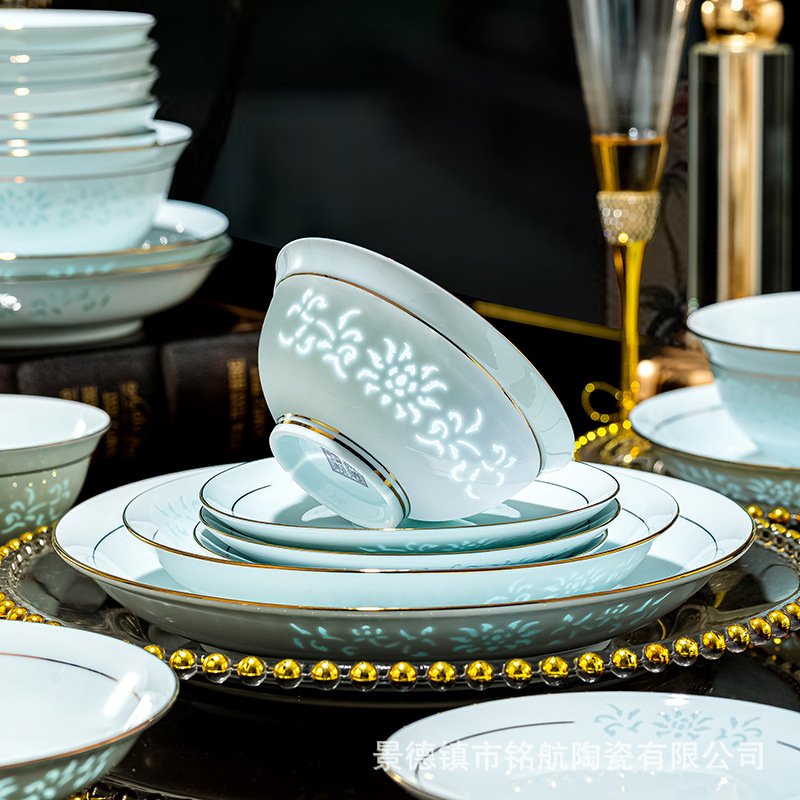Overview of Underglaze Decoration Technique
Underglaze decoration is a porcelain embellishment method characterized by applying painted designs directly onto a raw clay body, covering them with a transparent glaze, and firing the piece at high temperatures in a single firing. This process permanently seals the图案 under a glassy glaze layer, resulting in a “lustrous, smooth surface with enduring colors”25.
I. Technical Principles & Features
- Production Process
- Designs are painted onto a dried, unglazed clay body using pigments derived from metal oxides (e.g., cobalt, copper, iron)27;
- A transparent or light-toned glaze is applied over the painted layer56;
- The piece is fired in a single high-temperature cycle at 1,200–1,400°C, fusing the glaze into a protective glass-like coating27.
- Key Advantages
- Durability: The glaze shields pigments from environmental wear, ensuring color permanence56;
- Safety: Glaze encapsulation prevents lead/cadmium leaching from pigments5;
- Artistic Versatility: The translucent glaze enhances hues like underglaze blue, copper red, and multicolor designs28.
II. Historical Development
- Origins
- Early prototypes emerged during the late Han to Three Kingdoms period (brown-painted ceramics found in Eastern Wu tombs, Nanjing), using simple monochrome iron-based pigments24;
- Southern Dynasties to Tang Dynasty: Proto-underglaze brown wares from kilns like Fujian’s Huaian, though techniques remained rudimentary4.
- Maturation & Innovation
- Yuan Dynasty: Jingdezhen blue-and-white porcelain, utilizing imported Sumali cobalt, established underglaze decoration as a dominant technique2;
- Ming-Qing Period: Refinement of subtypes like underglaze red (copper red) and polychrome designs28;
- 20th Century: Liling (Hunan) pioneered underglaze polychrome porcelain via a “triple-firing process” (two biscuit firings + one glaze firing), breaking traditional monochrome limitations38.
III. Major Categories & Masterpieces
- Blue-and-White Porcelain
- Cobalt-painted designs under transparent glaze, exemplifying underglaze artistry post-Yuan Dynasty25;
- Signature traits: “iron-spot” textures and gradient washes2.
- Underglaze Polychrome Porcelain
- Liling innovation, employing diverse pigments like grass green, sea blue, and agate red38;
- Utilizes traditional Chinese painting’s “outline-and-wash” techniques for vibrant, gradient effects3.
- Underglaze Red (Copper Red)
- Copper oxide pigments demand precise kiln control, producing rich crimson hues28.
IV. Modern Innovations & Legacy
- Technical Advancements: High-temperature pigments (e.g., Liling’s agate red) expand color palettes38;
- Cultural Preservation: Jingdezhen and Liling integrate underglaze techniques into intangible cultural heritage programs8;
- Global Influence: Eco-friendly properties and artistic value position underglaze wares as premium exports in international markets48.
By harmonizing the interplay of clay, pigment, glaze, and fire, underglaze decoration epitomizes the fusion of art and science, remaining a cornerstone of East Asian ceramic heritage26.
